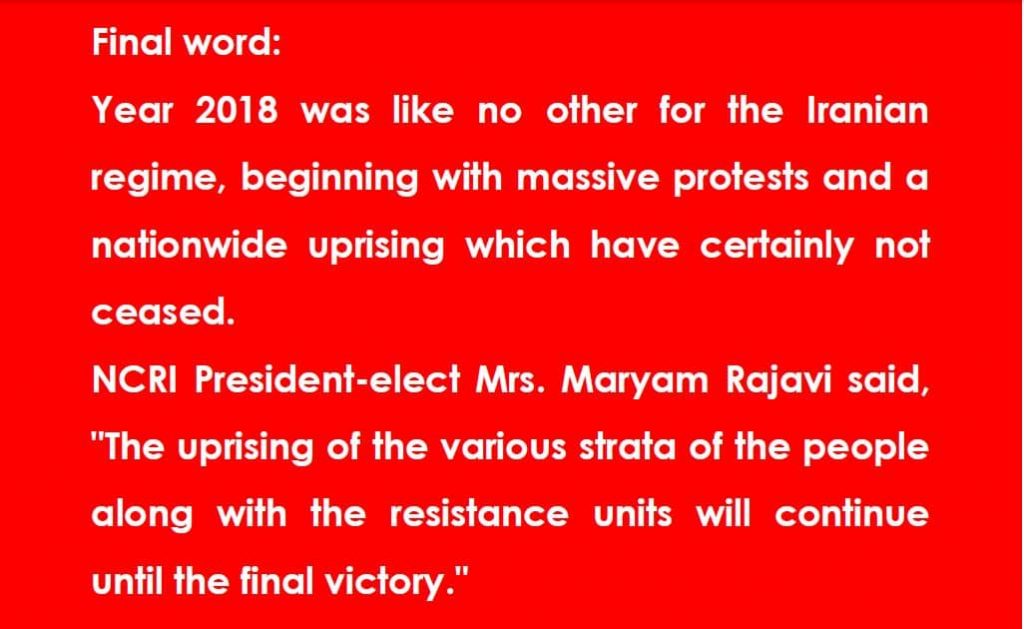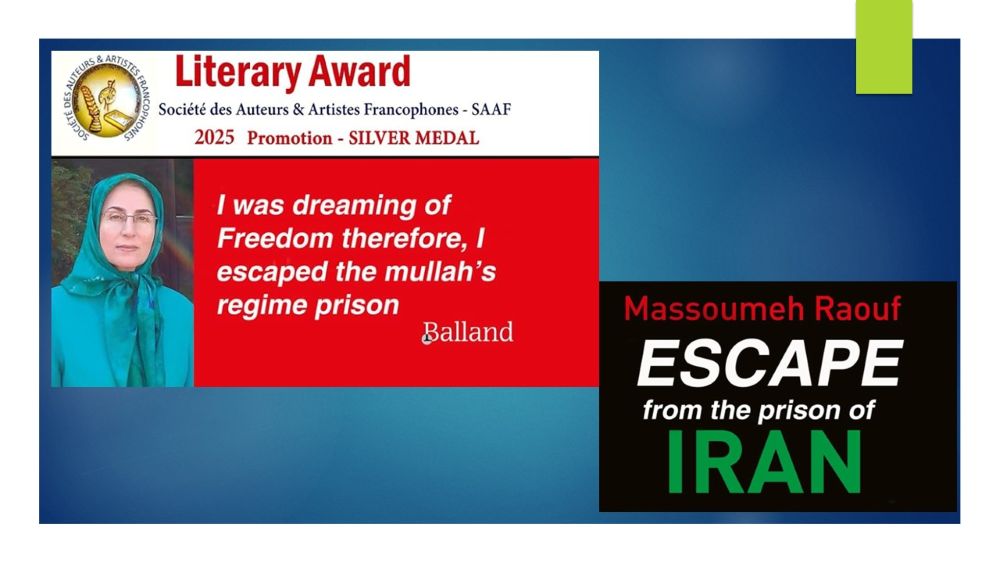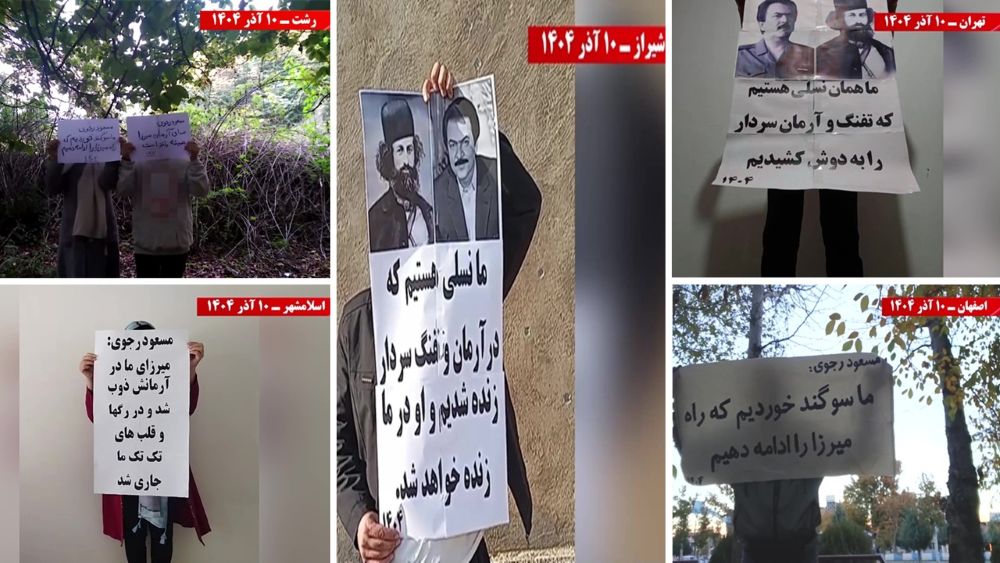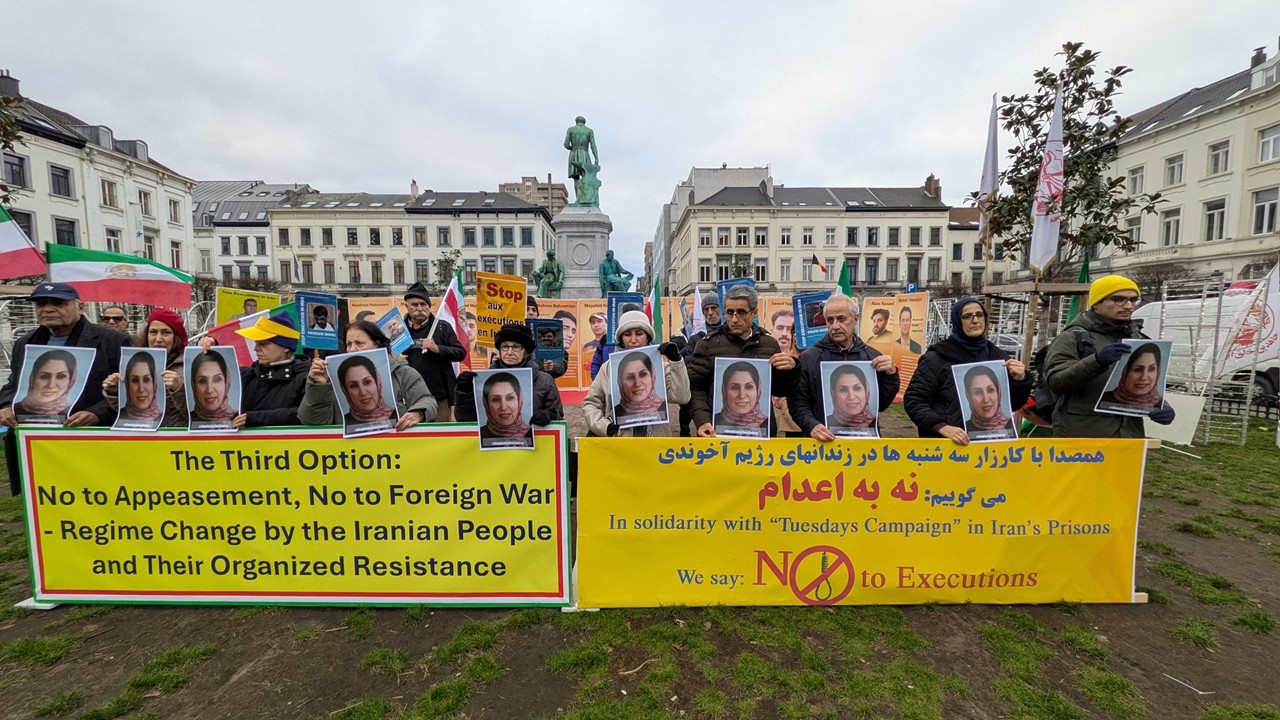This report on one year of protests and uprisings (December 2017 – December 2018) is dedicated to the heroic resistance units and those who endeavored over the past year and risked their lives to free Iran.
This report originally published by Our Iran website.
The present report designates 9596 protests which started in January 2018 and continued till January 2019.
The protests were held in 31 provinces of Iran. In the present book, we have tried to summarize the most important protests throughout Iran over the past year.
The statistic is based on comprehensive news collected throughout the whole country. Many of the protest movements of the Iranian people don’t have the possibility to be reflected and have its news published in the media because of suppression, repression, and censorship in Iran. Therefore, the number of protest movements are much higher than what we have mentioned in this book.
The main features of the Iranian people’s protests that could be mentioned in the past year are as below:
First: People’s protests that began with guild claims quickly turned into political demands and slogans against the entire sovereignty.
Second: The solidarity of the people was remarkable in supporting the protests of each level or group in the society.
Third: The active presence of young people and the prominent role of women in the protests was very high and well noticed.
Fourth: Another important feature of the protests in the past year was the link between different classes, groups, and uprisings with a nationally organized resistance in Iran.
Fifth: Another parameter to be mentioned was the use of internet to coordinate and spread the protests.
Sixth: The uprising that began to flare up in January 2017 and quickly spread over the country in a few months has continued to extend and the flames of protests have never been muted until now.
Timeline of monthly protests in Iran- 2018
January:
There were 643 protests in January. The daily average protest movements was 21.
The most important protest movements in this month were attributed to the uprising of the Iranian people in January, which began in protest to the high prices of Mashhad, and then spread across the entire country including to 142 cities. The protests rapidly turned political and went on in other cities, targeting the entire system of the Velayat-e faqih.
February
In February, 596 protests were held. The daily average protest movements was 21 which one of the highest figures was the workers’ protest movement that was at the forefront with 196 protests. The other levels of the society held 356 protest movements.
In February, 23 protests continued as the outcome of the January uprising in 14 cities.
March
In March, a total of 422 protests were set up. The daily average protest movements was 14. In this month, workers with 187 protest movements continued to be at the forefront of the protests. Other levels of the society expressed their demands with 197 protest movements.
Major protests in this month were as follows:
A big demonstration of the farmers and the people of Varzaneh, Ziar, Bon Rud District, Ezhiyeh, and also in Isfahan, in protest to the lack of right to receive water and blockage of the Zayanderud (the largest river of the Iranian Plateau in central Iran).
The rally, protest, march, and clashes of the people in Ahvaz, Bandar-e Mahshahr, Shadegan, Hamidiyeh, Shobeysheh, and Sheyban with the regime’s oppressive forces in protest to the abusive speeches made in the mullah’s television Network 2 against the Arab languages of Iran.
April
According to registered statistics, in April there were 452 protests. The daily average protest movements in this month was 15. The hardworking workers formed 109 protest movements. There were 315 protest movements from the other levels of the society such as the teachers, retired people, students, and looted people.
One of the most important protests in April was the uprising of the people of Kazerun in protest to the plan of dividing the city into two cities.
In this protest, the brave people of Kazerun in a clash with the oppressive forces of the regime had four martyrs in the names of, Omid Reza Yousefian, Mehdi (Hadi) Jahantab, Ali Mohammadian Azad, and Reza (Behnam) Ajdari.
Varzaneh and Isfahan farmers objected to the abolishment of their rights of having water. In the Friday prayer, these farmers turned their back on the Friday Imam of Isfahan and chanted: “Our backs to the enemy and front to our country!”
The bazaar (marketplace or street where goods and services are exchanged or sold) strike in protest of closing the border crossings and increasing customs tariffs.
The strike of marketers and businessmen from other Kurdish cities including Javanrud, Bukan, Saqqez, Marivan, Mahabad, Sarpol-e Zahab, and Piranshahr in support of the main bazaar strike in Tehran.
May
In May there were 1,093 protests in total. The daily average protest movements was 35. In this month, the truckers’ strike with 603 protests in 285 cities in Iran was at the top of the protests. The second level in the society with the highest number of protests were the workers with 249 protests. Other important protests in this month include the teachers and educators’ strikes in 33 cities of 21 provinces, as well as a few-day strike by the merchants and marketers of Tehran, Shahrud, and Baneh in protest of currency appreciation and price fluctuations.
June
In June, a total of 475 protests were held. The daily average protest movements was 16. In June, workers were at the top with 112 protest movements, followed by other strikes with 331 protest movements.
In this month, we encountered two major uprisings and protests of the Iranian people in the cities of Tehran, as well as southern cities in the province of Khuzestan. In Tehran, the marketers (bazaars) started a massive strike and came to the streets. In Khorramshahr, people also formed a big uprising in protest to the devastation and lack of water which other cities in Khuzestan province were also associated with. Women played a significant role in the protests and uprisings of the Khorramshahr people.
July
In July, a total of 970 protests, rallies, and strikes were held throughout Iran. According to the statistics, on an average of 31 protests were shaped every day in 187 cities, including industrial areas and various regions in the country. Truckers in the second round of their general strikes, with 557 rallies in 143 cities in 31 provinces, were the frontiers of all the protests. In addition, the people of Karaj also protested. The people showed their complaints to the tense and expensive prices on goods during the few days of their demonstrations and clashes with the repressive forces of the regime. In these protests, people chanted to the oppressive agents with the slogan, “Woe to the day we are armed!”
August
In August, 622 protest movements took place in 133 cities, villages, and districts. The daily average protest movements was 20. In this month the truck drivers and workers were the frontier of the protests.
Some of the most important protests that were held are as below:
The Haft Tappeh Sugarcane Agro-Industry Co. and the Iran National Steel Industrial Group workers’ strike.
The protests of the marketers and businessmen of the Amir- Kabir Industrial Town (Shapour) of Isfahan, Karaj, and Shiraz due to the frequent electricity power cut-off.
The protests of the people of Marivan to the assassination of environmental activists in fire of the jungles due to the IRGC cannon shots.
Clash of the people with the police suppressive forces at the Azadi Stadium in Tehran in a football match and chanting the slogan “Death to Dictator!”
September
In September, a total of 1,367 protest movements took place in 293 cities and villages. The daily average protest movements was 46. Trucker drivers started their third round of national strikes in this month, with 1,083 protests in cities across the country being at the head of the protest movements.
October
In October, based on the news and information gathered, a total of 1,533 protest movements took place in 323 cities, villages, and commercial and industrial areas. According to this, a daily average of 49 protest movements took place. Truck drivers, workers, educators, marketers, and businessmen were at the forefront of this month’s protests. Also, the first round of the teachers’ strike and sit-ins in 104 Iranian cities started. Marketers protested in 57 cities out of 24 provinces of the country for four days.
November
In November, a total of 911 protest movements took place in 171 cities and villages. On average, there were about 30 protest movements per day. In the second round of their strike, the educators were at the top of the protests with 348 protests in 81 cities. Truck drivers also protested in the fourth round of their strike with 246 protests in 80 cities. There were also major opposition protests from
December
In December, a total of 529 protest movements took place in 103 cities and villages. On average, there were about 17 protest movements per day.
National Steel Industrial Group and Haft Tappeh Sugarcane workers in Ahvaz continued their protests.
Truck drivers also protested in the fifth round of their strikes in 62 cities and 27 provinces.
In solidarity with striking workers, large numbers of university students held protest rallies on December 7, marking Students’ Day in Iran. Protesting their underprivileged living conditions, retirees held 19 protest rallies in eight cities.
In the central city of
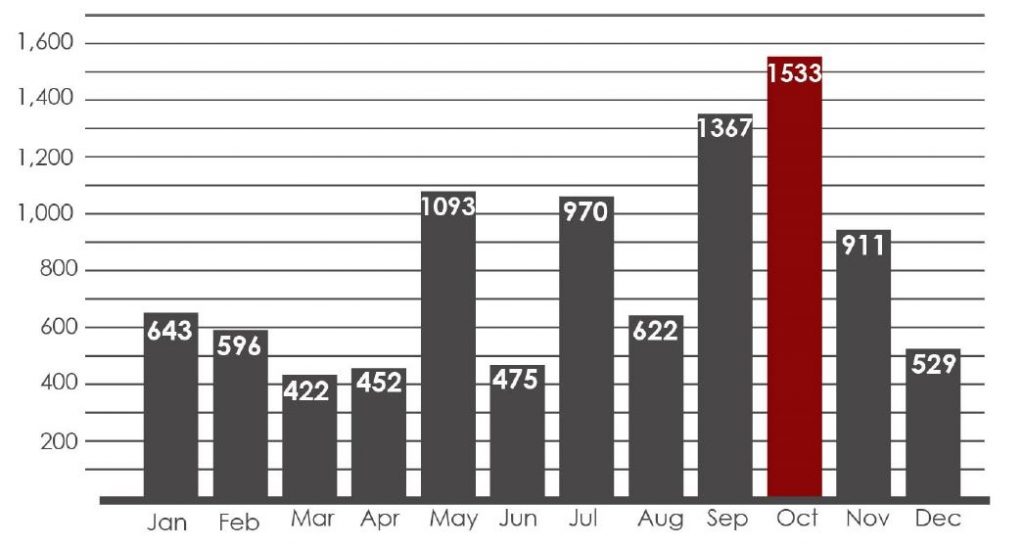

Chart of protests, Dec. 2017 – Dec. 2018
Uprising on December
The Iranian uprising on December 28, 2017, was formed and started on the basis of a previously announced call.
Nearly 10,000 people from Mashhad held a major demonstration in front of the city’s municipality building at the Meydan-e Shohada Square in protest to the high prices of eggs and public goods. In a matter of days, the uprising, with stunning speed, took over 142 cities across Iran. The uprising showed that the Iranian society is uptight with an explosive dissatisfaction. It also showed that the rule of the Velayat-e faqih (also known as Islamic Government) is weaker than what it is supposed to be and that the massive amounts of money flooded by the clergy after the Joint Comprehensive Plan of Action failed to contain the instability of the regime. It also exposed to how the Iranian people despise both sides of sovereignty and want to overthrow the government’s integrity.

This uprising comes from three major changes:
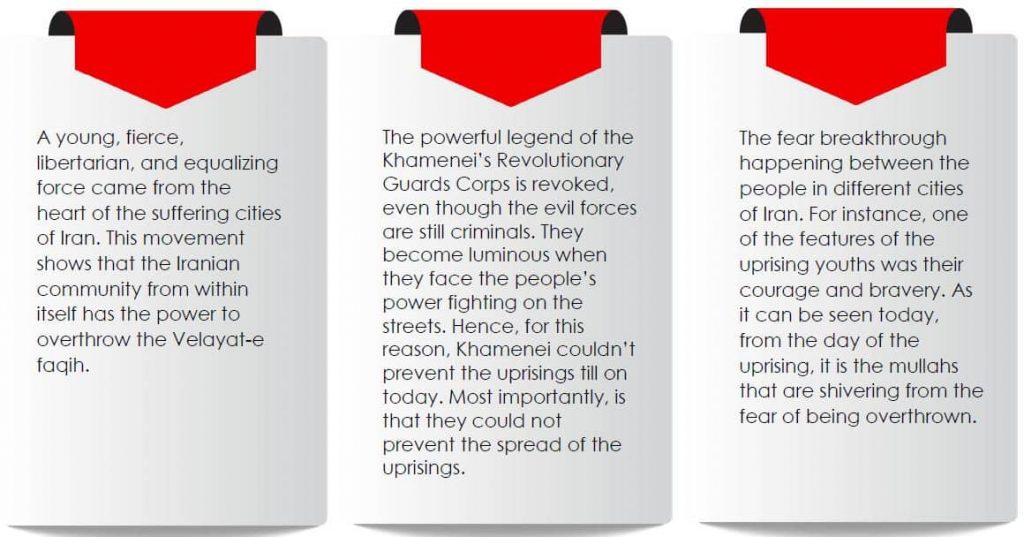
On January 9, Khamenei assumed in a speech that these protests have been organized and that the PMOI has implemented and organized the protests and the uprisings. He added that the PMOI was ready from months ago and they had called for the uprising in all the Media. The Islamic jurisprudent of the regime alleged that at the head of the triangle which raised the uprising is the PMOI and the other two angles of the triangle refer and are attributed to foreign powers.
But the true triangle of the uprising is something else. Of course on the top angle is the PMOI. But on the second angle is the decay of sovereignty that is no longer able to govern and the third angle is the explosive discontent of the people who are no longer enduring the current regime.
In the uprising on January 2017, a total of nearly 8,000 people were arrested and 45 were martyred. A number of the martyrs were martyred in prison and under torture, but the intelligence and judicial systems of the dictatorship has declared the cause of the deaths as a suicide in prison.
The social networks had an effective role in informing the news of the uprising, and they announced the demonstration programs and the places in which they will be held. According to the government officials, sixty offices of the Friday imams were attacked by the people.
One of the most important slogans of the uprising given at the University of Tehran can be referred to the slogan “Reformist! Principle! It is all finished now!” The slogan erupted the fake reformers of the regime.
Some of the slogans were:
“Be careful as one day we will get armed!”, “I will kill! I will kill! The one who killed my brother!”, “Death to Khamenei!”, “Cannon! Tank! Fireworks! The mullahs must be killed!”, “Syed Ali be ashamed, leave the power!”, “Death to dictator!”, “Under the name of Islam, they make the people miserable!”, Don’t be afraid! Don’t be afraid! We are all together!”, and “Khamenei is a killer; his jurisdiction is a trash!”.
Some reflections of international individuals and public speakers:
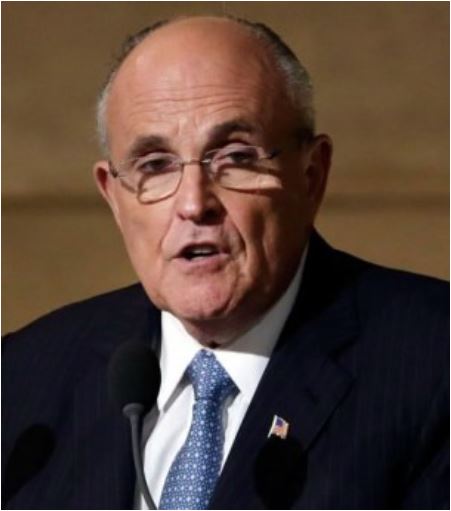
Rudy Giuliani: I think we can see the end of the regime much more real now. We see this because we have already experienced it in other oppressed countries

Newt Gingrich: I totally believe that we are on the right side of history. I believe that humans all over the world prefer to rule themselves and not to suffer from a dictatorship that kills them.
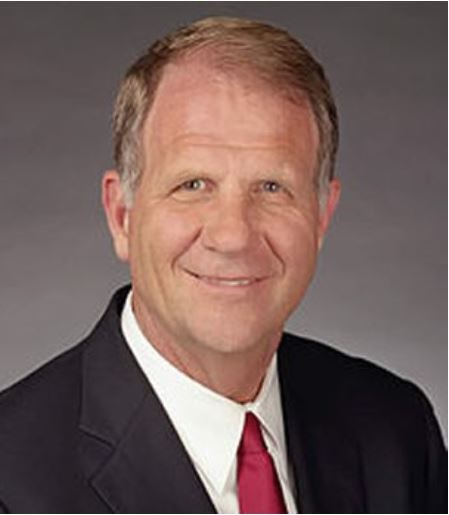
Judge Ted Poe (Lloyd Theodore Poe): One day, the Iranian people will be free from the chains of the Velayat-e faqih.
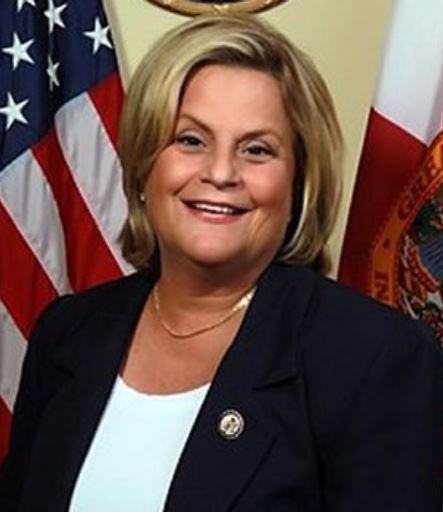
Ileana Ros-Lehtinen: The change is on the way, the time of the clerics and the supreme leader has come to an end.
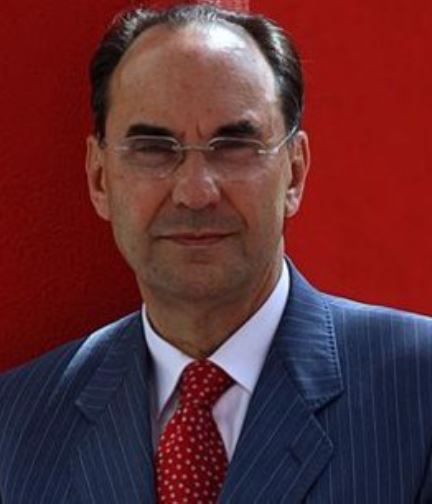
Alejo Vidal-Quadras Roca: This regime has no future and, as a result, it has no support inside Iran.
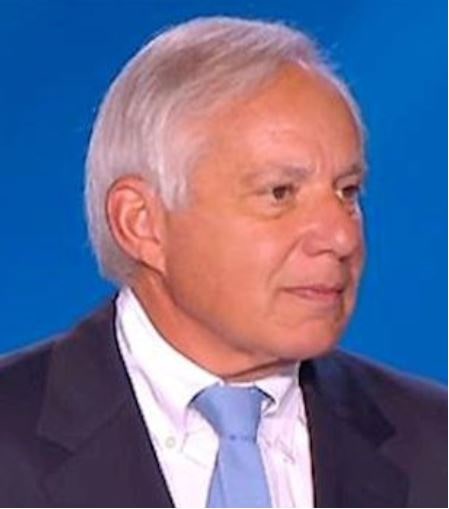
Senator Robert Torricelli: We are alongside the people on the streets of Iran – who are fighting for freedom. We stand for freedom.
Iran protests 2018 – Labor protests
The workers’ protests were spread throughout all the cities in 2018. In total these protests led up to 1933 protests per year. On average, this is 161 protests per month, and six protests every day.
The hard-working workers have carried out the most protest movements among the various strata throughout Iran. Now these protests have spread to all cities. The workers’ rights are trampled on and they do not enjoy any minimum wages and benefits of a worker. In some factories and workshops, there are workers who have not been paid for more than 12 months. There is no law governed by these workers, and the government treats them like slaves. They are not even provided with life insurance.
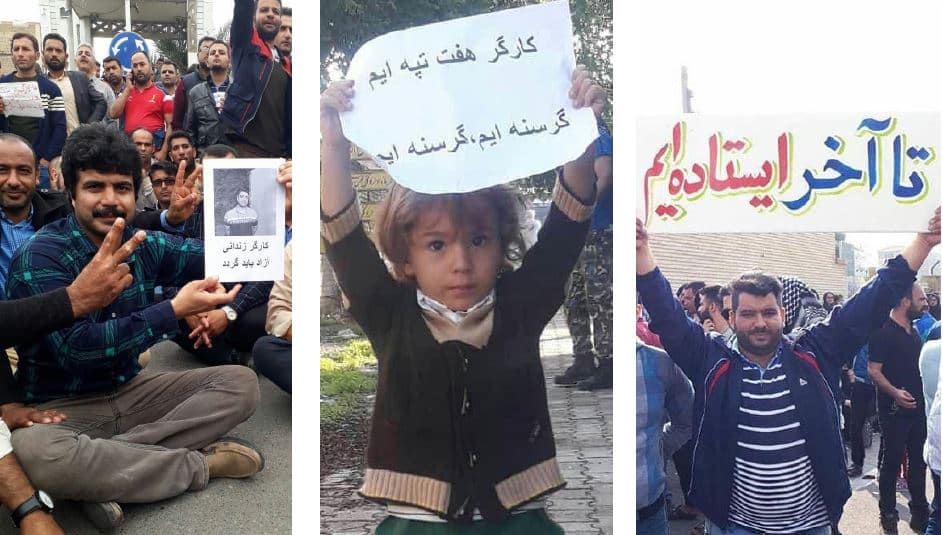
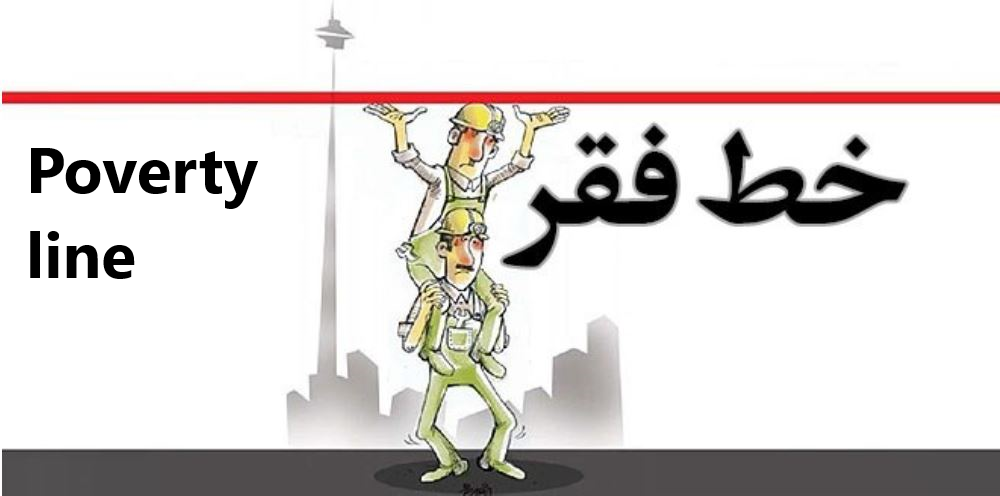
Workers with the highest rates of protests last year:
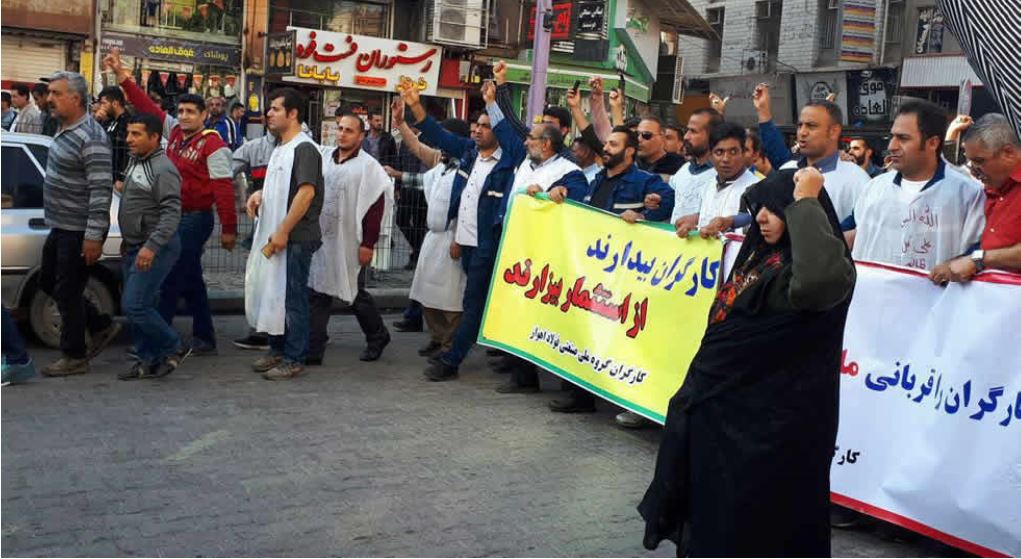
The National Steel Industrial Group of Iran
From the beginning of the year, the Ahwaz steel workers began their protests and strikes in different periods, the longest of which lasted 38 days. Following this continuous strike and with the presence of workers on the streets, the government began its arrests. Some 41 workers were taken away, some of whom are still in jail.
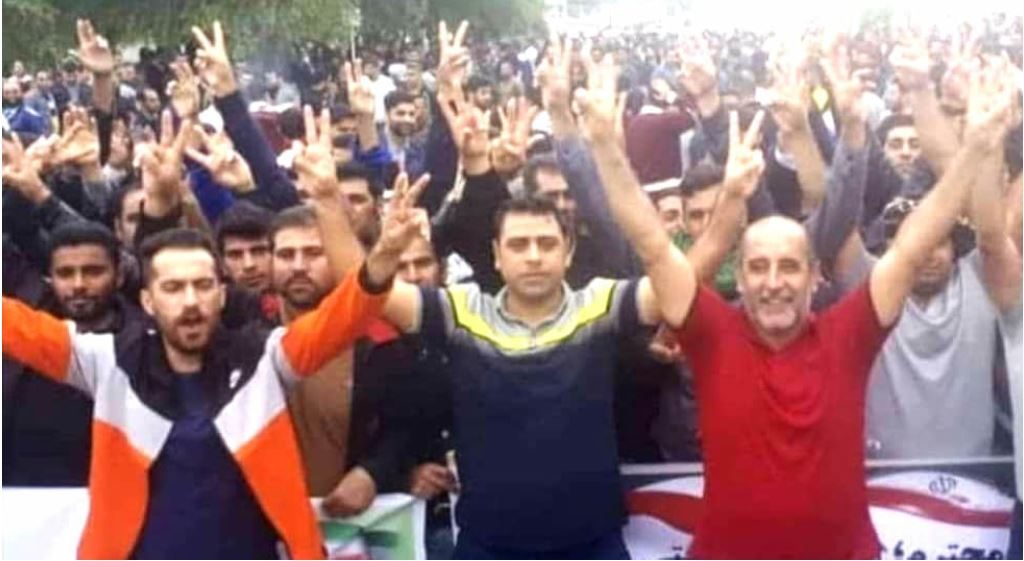
The Haft Tape sugar cane workers
The Haft Tape sugar cane workers all year long were on the street, and their longest strike lasted for 28 days. When the government realized the workers are keen to remain on protest, they arrested seven of the representatives. Mr. Ali Nejati, one of the worker’s reps is still in jail.
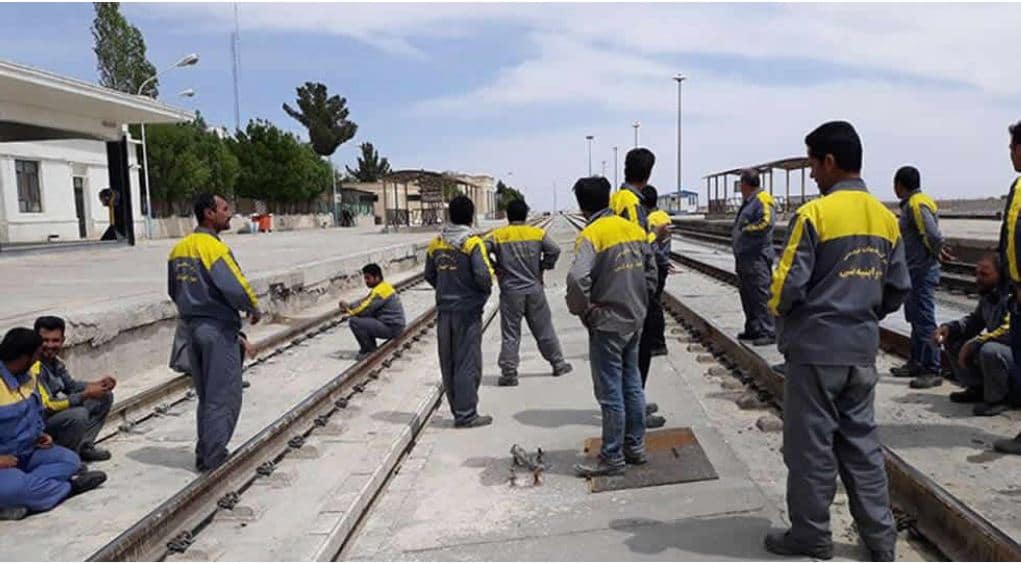
Railway Workers
These railway workers have been protesting at different times during the year 2018 to receive their salaries.
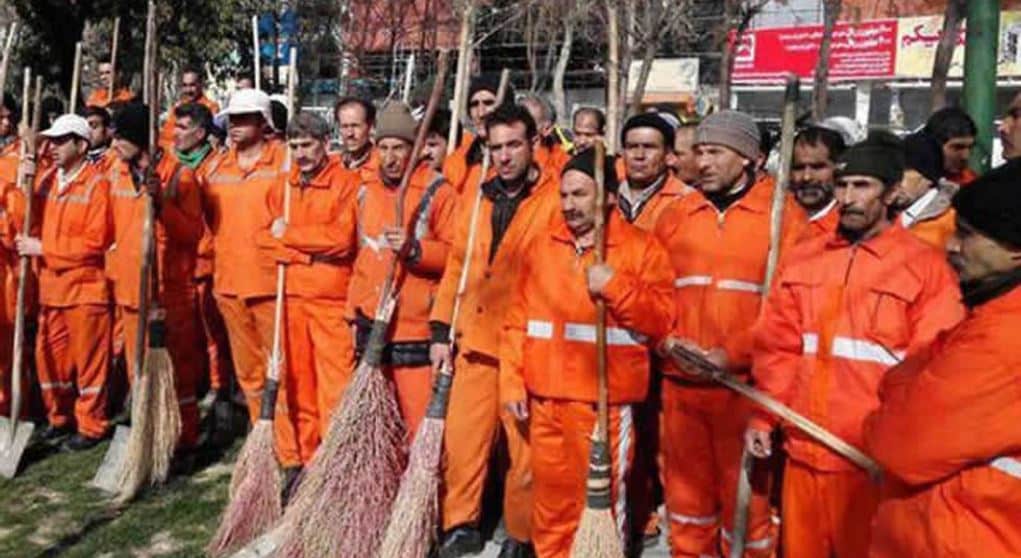
Municipal Workers
These workers are the poorest and most deprived of the working class, and have repeatedly been on strike in the past year to claim their salary.
Railway Workers
These railway workers have been protesting at different times during the year 2018 to receive their salaries.
8
It should be noted that the workers in various occupations are the front force of the street demonstrations during 2018 and have never kept silence. One of the main slogans they chant is “Our enemy is right here; they lie about it being the United States.”
This shows how the government wants to make America the main enemy of the Iranian people, while it itself is an enemy of Iran.
This slogan shows the main demands of the workers who see the problem in the ruling dictatorship.
Iran protests 2018 – Truck drivers’ strike
In the year that passed, truckers went on five strikes.
The honorable and hard-working truck drivers have been struggling to protest the cost of spare parts, low freight rates, expensive tires, and livelihood problems.
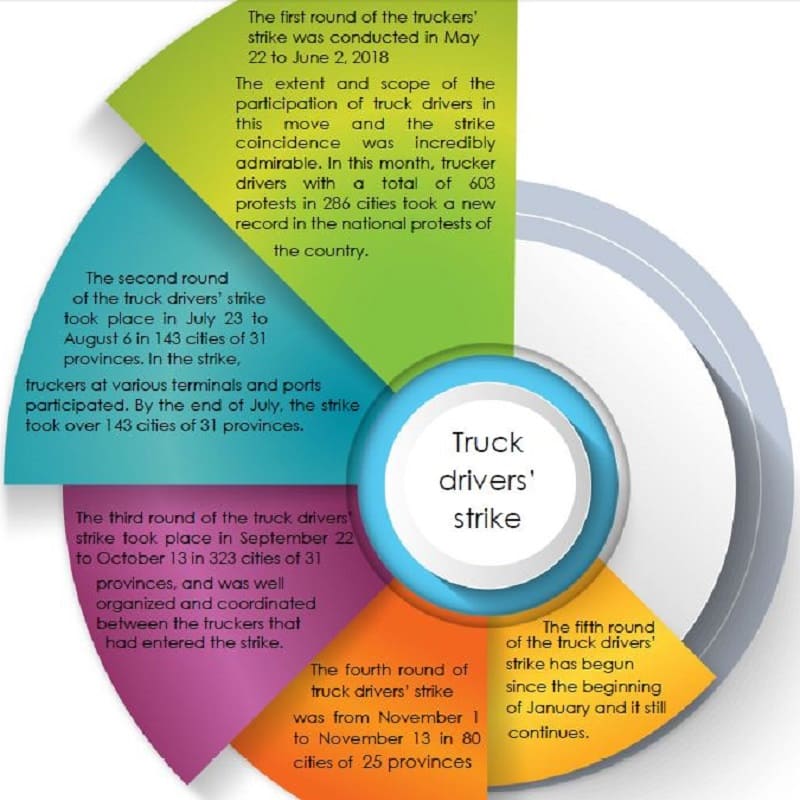
Iran protests 2018 – Characteristics of the strike:
The truckers’ strike has been unified and integrated in the association and coordination of truck drivers from various cities. Truckers, with the creation of regional organization, took control of all the routes, entrances, and exits of the cities and prevented the work of those who did not join the strike. The glorious scene of these protests was when, truckers walked on the roads, parried, beeped and honked aloud, and turned their truck’s lights on.
Government measures:
At first the government officials turned to oral threats. Then the truckers that had not joined the strike were escorted by the IRGC. After that, they brought and entered the army trucks. In some places the anti-security guards and the repressive government forces onslaught the truckers and arrested them. The intelligence and security forces used all their tricks to suppress and mute the truckers, but it did not work.
First, they tried to bind with the drivers by promising to them that they will lower the price of tires and give free distribution. This measure was to make a split between the drivers. With the failure of this conspiracy, they started giving warnings to the truck drivers and eventually threatened the drivers to end their strike.
Jafari Dolatabadi, Tehran’s public and revolutionary prosecutor, announced: “Some examples of road closure are in accordance with Article 653 of the Punishment Act, which is expected to be very heavy for perpetrators”. In the regime’s laws and regulations, road closure is equivalent to execution.
International and domestic supports:
The truck drivers’ strike caused problems in brining gasoline, carrying goods, and … for the society. However, in despite to the formation of long lines of cars for gasoline in different cities, people did not react negatively to this strike. Different strata and guilds of the society issued statements and messages in support of the truck drivers.
In accordance with the strike, taxi drivers protested in different cities. Urban bus drivers, trailer drivers, and ….started to strike. Political prisoners, guilds, and political groups also sent support letters to the strikers. The International Transport Workers’ Federation (ITF), with 16.5 million members from all over the world, supported the strike of the truck drivers in Iran. In addition, truckers in Virginia and Romania also supported the strike of the truck drivers in Iran. The National Motorists Association (NMA) of North America with 1,400,000 truckers in the United States and Canada supported the Iranian truck drivers’ strike as well.
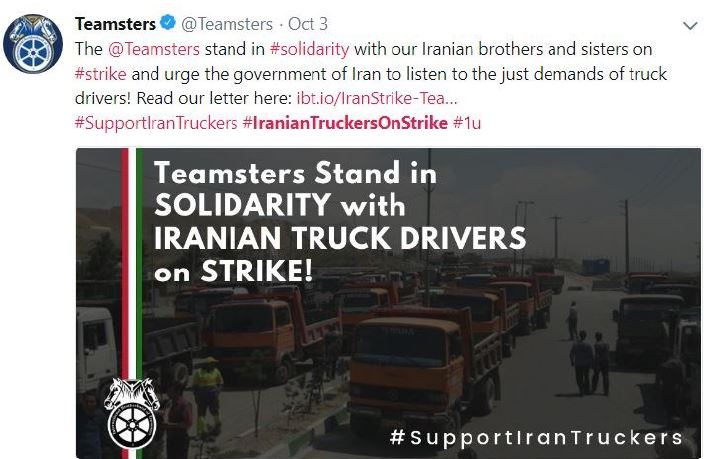

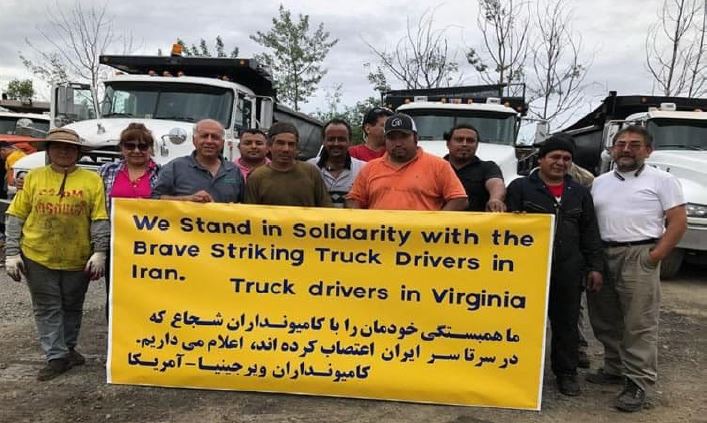
Iran protests 2018 – Nationwide teachers’ strike
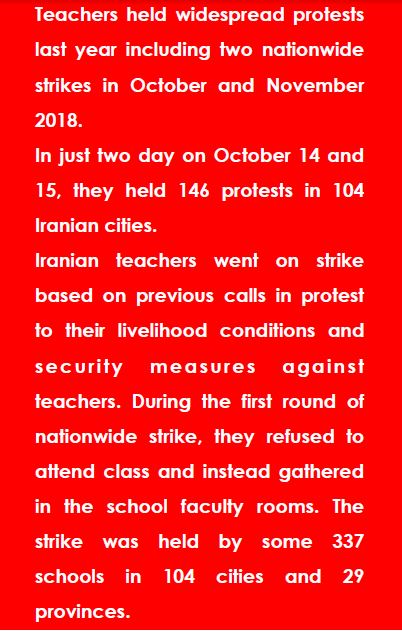
During the second call for strike action, teachers went on strike on November 13 and 14. They held 448 protests in 81 cities.
Once again, teachers refused to attend class during the two day strike. They protested the suppression and arrest of teachers, discrimination against employed and retired teachers, their dire livelihood conditions and high prices and inflation which has severely increased their purchasing ability.
The teachers demanded the release of their detained colleagues and asked for higher wages. Women were at the forefront of the strike in almost all
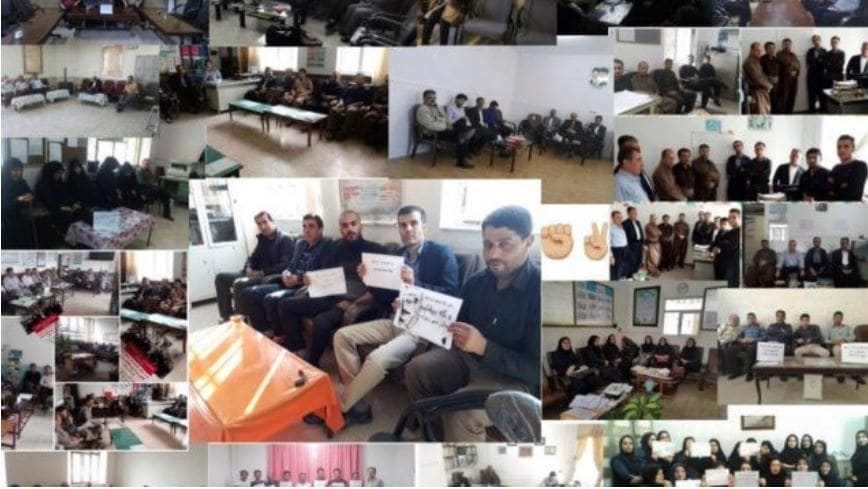
Government measures
From days before the teachers’ strike, security forces used threats and intimidation in an attempt to prevent teacher activists from protesting but the teachers went ahead with the strike despite these measures.
Following the strike, the intelligence agency tried to silence teachers by threatening and arresting a number of teachers.
In the southern province of Khuzestan, the regime used the cellphones of detained teachers and sent texts to other teachers about ending their strike but the striking teachers did not fall for this scheme.
According to a statement issued by the Teachers’ Association, at least 30 teacher activists were interrogated, and over 50 threatening messages were sent to teachers while at least 12 teachers were detained.
Popular support
In a number of schools, and high schools, students participated in the strikes along with their teachers.
In some cities including Marivan, Shiraz, Sanandaj, Ibrahim Abad, and Isfahan, students took pictures with their teachers with hand written signs in support of their teachers’ strike.
In Shiraz, boy students left their classes and went home.
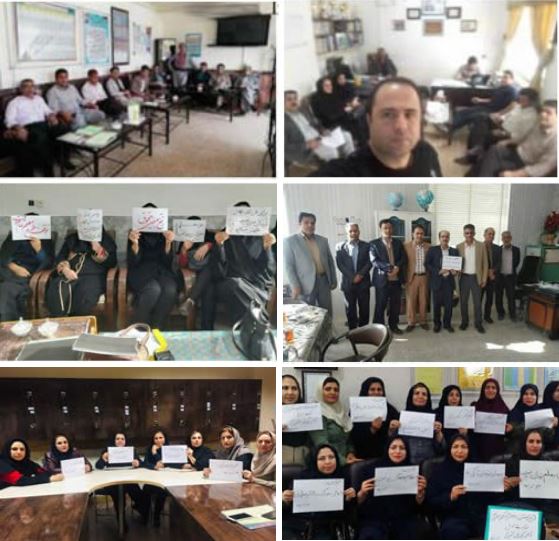
Iran protests 2018 – Market Strikes
In July 2018, a large number of merchants in Tehran’s bazaar stopped working and rallied in protest of the downturn in the market. As well as unprecedented exchange rate fluctuations and a lack of customer due to rising prices. The protest rallies of the capital’s marketers began on July 4, by the mobile phone vendors at the Aladdin Mall and the Charsaw Market in Tehran.
Shopkeepers from the streets of Molavi, Shush, Sepah Salar and Islamabol also joined other protesters and marketers.
In other parts of the country such as Shahriyar, Karaj, Qeshm, Bandar Abbas and Mashhad, people went on strike to protest the high costs and added their voice to that of the shopkeepers.
In the month of August, contributing strikes were launched in these cities with pictures of closed shops published on social networks.
The gold and jewelry markets of Tabriz, the Isfahan machinery market, shops and stores in Qazvin also in Karaj. Similar protests were reported in Rasht, Bandar Abbas, Qeshm, and Shahriar cities.
Ordinary people, merchants and workers in Isfahan bolted the streets with burning car tires. A group of protesting women from the city of Shahin-Shahr in Isfahan chanted out, “Fellow citizens show you support.”
The people of Gohardasht in Karaj went on rally too and set fire to a motorcycle belonging to the government security forces.
The protesters and angry merchants participating in these demonstrations targeted the Supreme Leader, Khamenei, by wishing his death in their slogans and chanting “Khamenei out of Iran.”
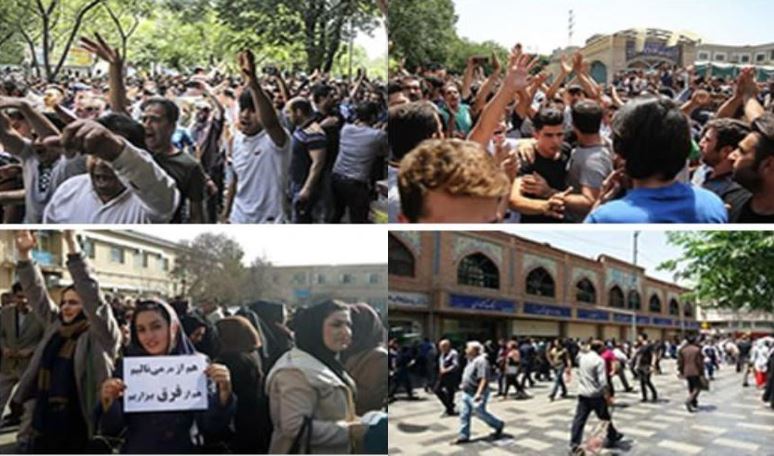
Government’s Actions
A large number of protesters were arrested during these rallies. In June 2018, the Prosecutor General of Tehran, Abbas Jafari-Dolatabadi announced the arrest of the “main motivators” behind the closure and protests of Tehran’s market.
There were reports of police and plainclothes security forces clashing with protesters.
During the August protests at the bazaar, the security forces tried to disperse the protesters by attacking and throwing tear gas at them. The anti-insurgency forces tried to suppress these popular gatherings by all means and even used paintball guns to do so. Then the demonstrating people began to respond to the state forces
In parts of the country such as Qazvin and Tabriz, tight security plans were ruled and security forces arrested a number of protesters.
One cherished countryman from Karaj was captured by the anti-insurgency forces and killed. As his death was confirmed, a military rule was announced.
Strike

Iran protests 2018 -Farmers Protests
On March 9, 2018, farmers of Varzaneh, Zyar, Ben Rood, Azhyeh and then Isfahan staged a vast protest to confront the blockage of Zayandeh-Rood River’s water and not receiving their rights to the water.
In answer to a call for protest against the violation of their rights to the water by elements affiliated with the government, thousands of the farmers of Varzaneh and ranchers of East Isfahan, start marching towards the water pump station (towards Yazd).
The farmers took their tractors along and stationed them on both sides of the road. Some were joining the march on their motorbikes. Some other farmers were wearing shrouds on which it was written: “We will stand till the last drop of our blood”.
On March 16, 2018, the farmers of Varzaneh and Isfahan gathered in protest. When present at the Friday Prayers location they turned their back to the mullah preaching and chanted: “We turn our back to the enemy and we face the nation”.
In Shatoor Village located in Isfahan province, angry farmers destroyed the pumping facility for Zayandeh-Rood River (The pump sucks the water from the river for the use of regime’s affiliated elements and thus farmers are confronted with water shortage).
The protest continued till March 20.
In Varzaneh the farmers celebrated the Persian New Year beside their tractors. Their Haft-Sin (traditional table for Norooz) was composed of a dead fish on some soil in a jar with the writing: “The plunders took away my waters”; a tray with a Qoran beside some dry grass, with the writing: “Green plains are replaced with deserts”; a pot of shots and some stones meaning that the farmers’ demands are answered with bullets and stones. A placard there read: “
After it was proved that the promises of regime officials to the farmers were just hollow promises, the farmers of Isfahan province staged some protests for several days in some of the cities and villages of east Isfahan. Farmers and tractor owners participated in the protests.
In October and November of 2018, once again farmers from different cities of Isfahan province staged several
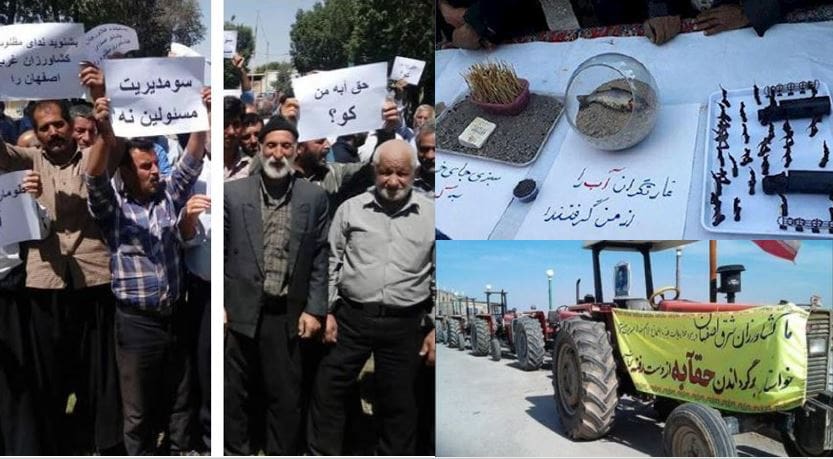
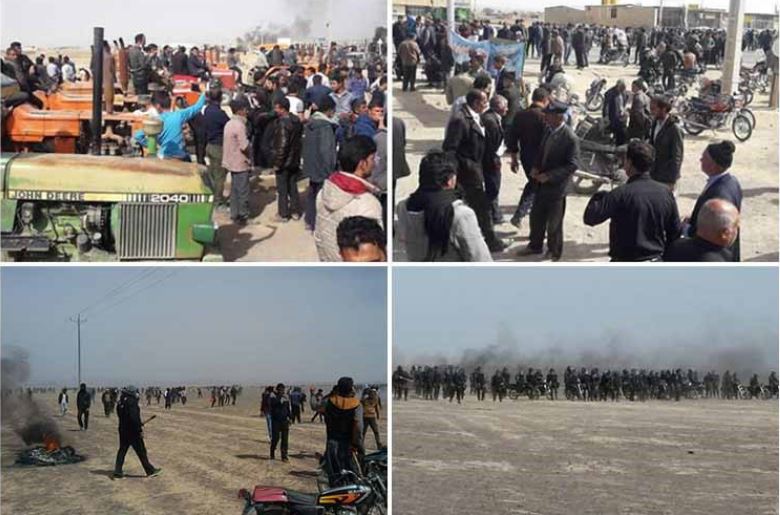
Measures taken by the regime:
The government answered the farmers who demanded their rights to the water with batons, anti-riot forces and by raiding at them. The farmers were raided by anti-riot forces times and again and were battered. When they resisted, their answer was tear-gas and bullets. During the attacks at least seven young farmers were severely wounded and were transferred to hospital and infirmaries.
Measures taken by the residents:
A great number of Varzaneh’s resisdents rushed to the scene to defend the farmers. They chanted: “Don’t be afraid, don’t be afraid, we are all together”.
The farmers chanted: “Even if we die, we will restore our rights”.
Simultaneously residents and farmers of Zyar and Azhyeh counties protested against the water problem and clashed with governmental agents. In Azhyeh protesters clashed with SSF during the night. They sat fire to tires and rolled them towards the suppressive forces making them to retreat.
Residents of Isfahan marched in support of the protesting farmers. They then gathered in front of the office of the Isfahan MP and chanted: “You incompetent, resign, resign”.
Following these protests, Varzaneh’s farmers and residents closed the county’s governing center and gathered to free the arrested protesters from the last day’s protests.
